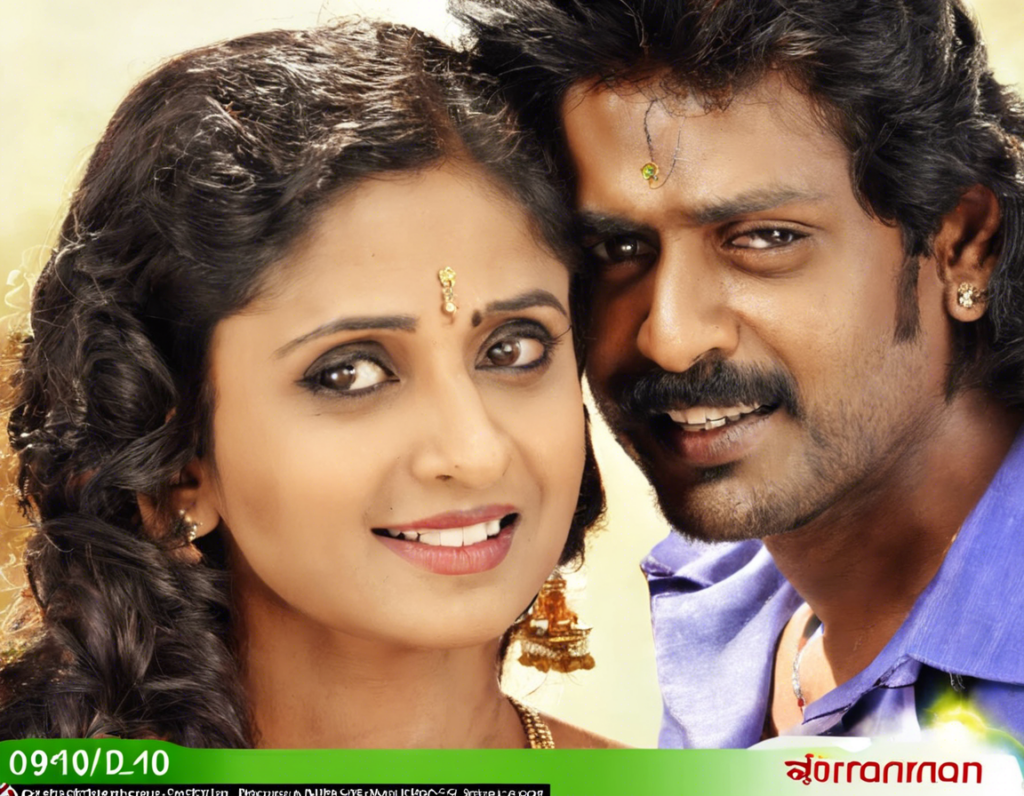Crafting the Perfect Sword: Mastering the Art of Sword Sense
Sword crafting is an age-old tradition that has been passed down through generations. Crafting the perfect sword takes precision, skill, and a deep understanding of the art of sword sense. From selecting the right materials to honing the blade to its sharpest edge, every step in the sword crafting process contributes to the creation of a truly exceptional weapon. In this article, we will delve into the intricacies of crafting the perfect sword, exploring the key factors that contribute to its quality and performance.
The History of Sword Crafting
Sword crafting has a rich history that dates back thousands of years. Ancient civilizations such as the Egyptians, Greeks, Romans, and Chinese all had their own unique methods of sword making. Over time, sword crafting techniques have evolved and refined, leading to the creation of some of the most iconic and legendary swords in history.
Understanding Sword Sense
Sword sense is the fundamental principle that guides the crafting process. It encompasses the sword maker’s knowledge, experience, and intuition in creating a sword that is not only beautiful but also functional and effective in combat. Sword sense involves understanding the properties of different types of steel, the importance of balance and weight distribution, and the significance of blade geometry in determining a sword’s cutting ability.
Selecting the Right Materials
The choice of materials is crucial in sword crafting. High-quality steel is the foundation of a good sword, providing the blade with strength, durability, and sharpness. Damascus steel, known for its distinctive wavy patterns, is a popular choice among sword makers due to its exceptional strength and cutting ability. Other materials, such as leather for the handle and brass for the guard and pommel, also play a role in determining the sword’s overall quality and appearance.
Forging the Blade
The process of forging the blade is where the sword maker’s skill truly shines. By heating the steel to high temperatures and shaping it with precise hammer blows, the sword maker is able to refine the steel’s molecular structure, increasing its strength and resilience. The blade is then tempered to the right hardness, ensuring that it retains its edge through repeated use. The sword maker must also pay close attention to the blade’s tang, the portion of the blade that extends into the handle, to ensure a secure and durable construction.
Sharpening and Polishing
After the blade has been forged and tempered, it is time to sharpen and polish it to a razor-sharp edge. Using a series of sharpening stones of increasing fineness, the sword maker hones the blade to perfection, ensuring that it is capable of slicing through targets with ease. The blade is then polished to a mirror-like finish, enhancing its appearance and protecting it from rust and corrosion.
Balancing and Testing
Balancing a sword is a delicate process that involves adjusting the blade’s weight distribution to ensure optimal handling and maneuverability. A well-balanced sword will feel light and nimble in the hand, making it easier to control during combat. Once the sword is balanced, it undergoes rigorous testing to ensure that it meets the highest standards of quality and performance. This may involve cutting tests on various targets, such as mats, water bottles, or even traditional tatami mats, to evaluate its cutting power and edge retention.
Maintaining Your Sword
Proper maintenance is essential to preserving the quality and performance of your sword. After each use, the blade should be cleaned and dried to prevent rust and corrosion. Regular oiling with sword oil will help protect the blade from environmental damage and keep it in top condition. Inspecting the blade for any signs of wear or damage is also important, as prompt repairs can prevent more serious issues down the line.
Frequently Asked Questions (FAQs)
Q: What is the difference between a hand-forged sword and a machine-made sword?
A: Hand-forged swords are crafted by skilled artisans using traditional techniques, resulting in a unique and high-quality weapon. Machine-made swords, on the other hand, are mass-produced using automated processes, often sacrificing quality for efficiency.
Q: How long does it take to craft a sword?
A: The time it takes to craft a sword can vary depending on the complexity of the design and the skill of the sword maker. On average, it can take anywhere from several weeks to several months to complete a sword.
Q: What is the significance of the sword’s tang?
A: The tang is the portion of the blade that extends into the handle, providing stability and strength to the sword. A full tang, where the blade extends the full length of the handle, is considered the strongest construction.
Q: Can anyone learn to craft a sword?
A: Sword crafting is a highly specialized skill that requires years of training and practice to master. While anyone can learn the basics of sword making, achieving mastery in the art requires dedication and commitment.
Q: What are some famous swords in history?
A: Some of the most famous swords in history include Excalibur, the mythical sword of King Arthur; Joyeuse, the sword of Charlemagne; and Zulfiqar, the legendary sword of Ali ibn Abi Talib.
Crafting the perfect sword is a labor of love that requires patience, dedication, and a deep respect for the art of sword sense. By honing your skills, understanding the principles of sword making, and embracing the rich history of sword crafting, you can create a weapon that is not only a work of art but also a formidable tool in combat.


0 Comments